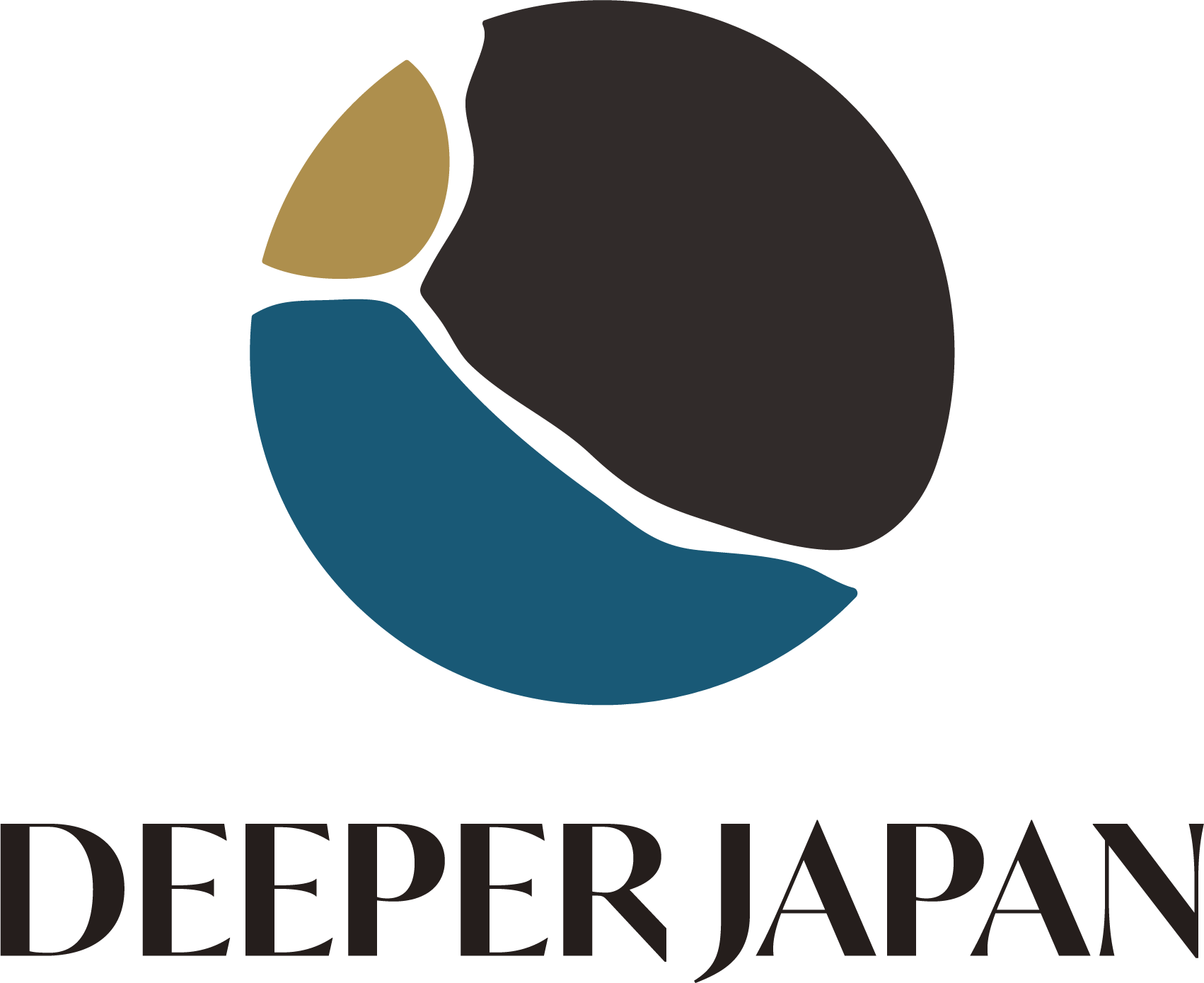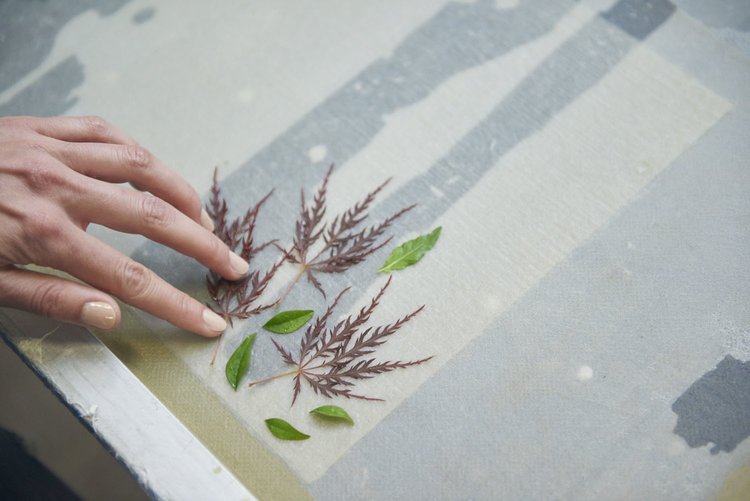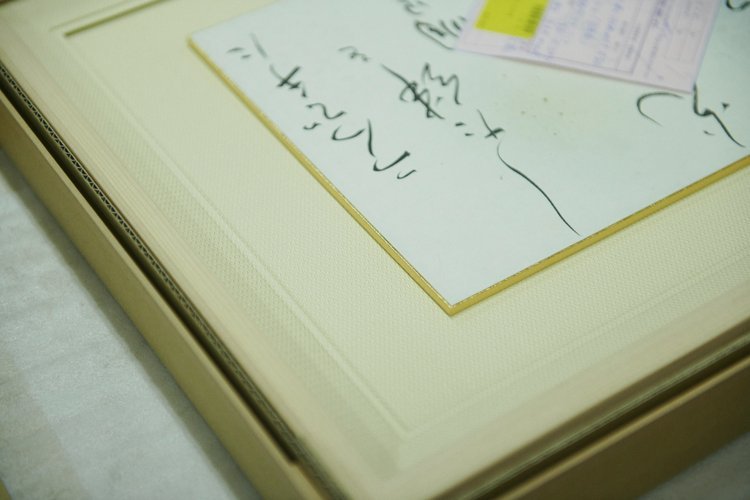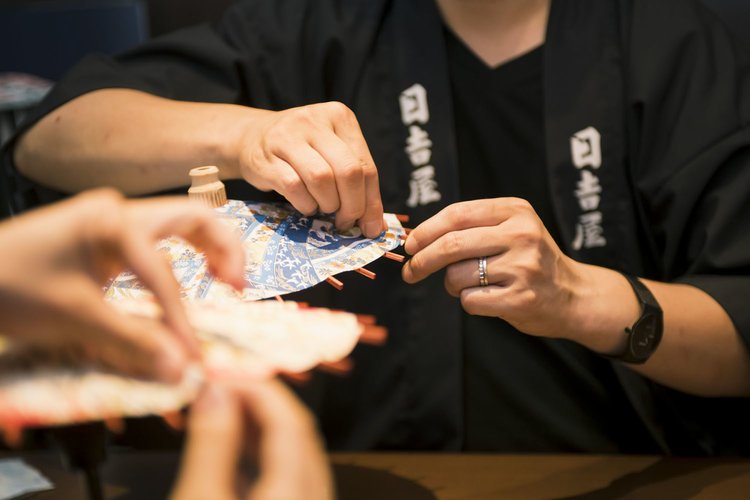Hiroko, Washi Master
"In an increasingly digital, disembodied world, the slow, sensorially rich process of making washi also has much to offer us in connecting us to the earth and to our own creativity."
At Hiroko’s washi atelier in northwest Saitama, an area known for its long history of washi production, you get the sense that washi paper is alive. The wamth, soft natural fibers of this traditional Japanese paper and its beautiful transparency almost communicate a quiet breathing force, a vitality that does not exist in machine-made paper. Produced using techniques passed on over 1300 years since its beginnings in the Edo period, washi contains a long and profound story of human creativity, even playfulness, and respect for nature. This heritage of technique was commemorated in 2014, through the inscription of washi in the UNESCO Representative List of the Intangible Cultural Heritage of Humanity. Along with other washi artisans today, Hiroko, continues to pass on the legacy of washi for today's world.
At Hiroko's atelier, each washi piece is made one-by-one, and in a truly holistic process. Washi is made from 'kozo' mulberry plants, which are grown by Hiroko and her staff themselves. The mulberry plants are nurtured as seedlings, and then taken to the mountains where they continue to grow. The wood from these plants are steamed, which softens the bark so that it can be peeled off, revealing a white inner bark below. This white inner bark is then boiled and softened in sodium bicarbonate after which it is then bleached, and pounded to a pulp. Finally, it is strained and then layered with the long bark fibers, and dried. Reflective of washi's intimate relationship with its natural sources, Hiroko's atelier is located near a river that provides the pure water necessary to make washi and the mountains of Saitama, where the mulberry plants grow.
Traditionally, washi has been used as paper for various Japanese art forms, such as Nihonga, an ancient style of painting, as well as for more utilitarian purposes such as shoji sliding door frames. Hiroko, who is a certified washi-artisan, is well aware of washi's role and uses throughout history, having worked with washi for over 20 years and through learning with a washi preservation association. Along with her understanding of washi's past, she is also extremely forward-thinking about the abundant potentials for washi in the modern world. With its warmth, durability, absorbency, pliability, and transparency, washi is an extremely versatile material. In fact, Hiroko purposefully offers workshops so that people can not only understand the process of washi-production and to experience it firsthand, but to create a lab-like experience where people discover new ways of using washi for themselves. 'We have art students come, and foreign visitors come, and here they can handle washi as a 'material', and come up with new expressive ways to utilize washi.' Innovative uses for washi today abound in interior and graphic design, bookbinding, painting, etching, sewing, calligraphy and much more.
While it's easy to romanticize the past, traditional crafts like washi help ground us by reminding us of the creativity of those who have gone before us and point us to the possibilities of respectful usage of natural resources. In an increasingly digital, disembodied world, the slow, sensorally rich process of making washi also has much to offer us in connecting us to the earth and to our own creativity. Hiroko reflects, 'Japanese handicrafts, inclusive of washi, have been regarded worldwide as excellent, and while the intangible technique of washi is made tangible in the paper, washi actually is the technique behind the paper. It is important that we pass that on to the next generation, not only nationally, but internationally, because it is a good technique. I feel like I have been told this, almost divinely. We have these techniques only because it's been passed on, and we need to pass it on to the next generation.' Thanks to Hiroko and other artisans carrying on the legacy, we have the opportunity to encounter the beautiful tradition of washi for ourselves.
Learn washi technique, a UNESCO Intangible Cultural Heritage, in the lush mountains of Saitama







